A few weeks ago, at a local gardening show, I discovered an interesting supplier of edible plants. ‘Edulis’ had a stall rammed with fascinating herbs, several completely new to me, but one label stood out above all others – ‘Vietnamese fish mint’. It’s impossible to ignore the irresistible lure of a curiously named plant, so I adopted the tried and tested policy of ‘buy now, find out about it later’.
So while the fishy specimen is loitering in the conservatory waiting to be planted out, here’s what I’ve learned thus far…
I’m not entirely sure why it has ‘mint’ in the name. It’s a member of the chameleon family and its leaves don’t taste remotely minty. Instead they have a slightly sour, metallic tang, described as ‘fishy’ by the Vietnamese. They’re used sparingly as a garnish in soups and salads or cooked with grilled meats and, of course, fish. Of more interest to me are the roots which are also edible. They grow to resemble a big ball of spaghetti, can be eaten raw or cooked and have an aromatic flavour like ginger or galangal but without the heat.
And as if ‘Vietnamese fish mint’ wasn’t a good enough name, it also has some descriptively delicious aliases, among them ‘poison blocking plant’, ‘bishop’s weed’, ‘lizard tail’, ‘fishwort’, ‘ten medicines’, ‘chameleon plant’ and ‘hot toad’s breath’.
It looks like it’ll develop attractive white flowers but can be an invasive grower, so I’ll be sticking mine in a pot. I’ve yet to find any evidence of it being used in brewing, but who wouldn’t want an experimental glass of fish mint wine?
For more irresistible herbs, visit www.edulis.co.uk
This is a sponsored post


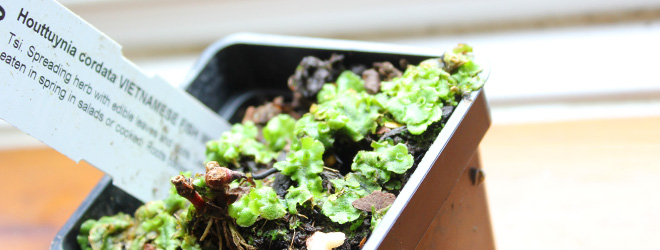
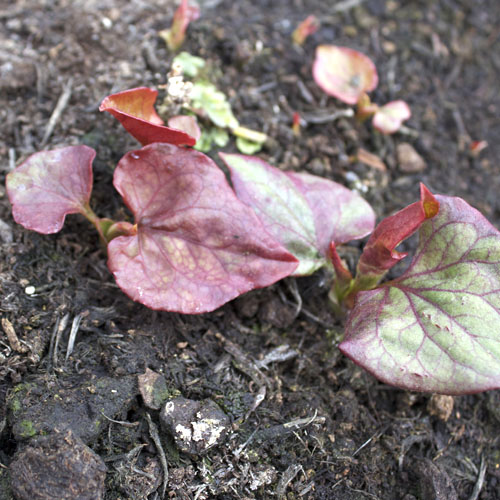
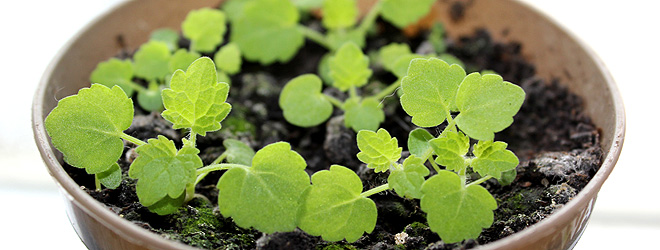

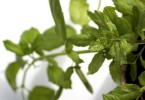

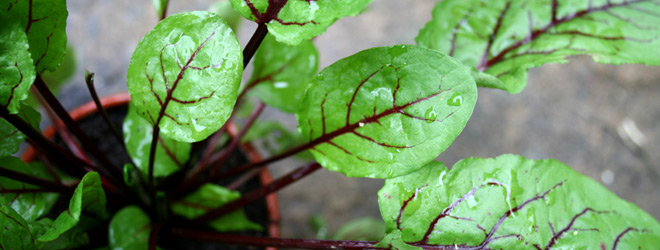
Doesn’t look right… Our fish mint are green and very delicious
I have no idea why my leaves are predominantly pink. I guess there are different varieties, or maybe it’s due to the growing conditions (a quick google search has thrown up quite a range of leaf shapes and hues). But, mine is also very delicious and I’ve been chopping up leaves and chucking them into all sorts of dishes. Flavour wise, just a leaf or two goes a long way.
What do you cook with yours? Some tips would be useful!
We eat just like salad dish…
Thanks Hung. Is that leaves and roots you eat?
I planted it for the variegated leaves and over the years it has taken over half my garden and is absolutely beautiful. I pick leaves and eat them as I peruse my garden. Research tells me the leaves are widely curative eaten or brewed as a tea. I haven’t tried tea yet. I understand it is being researched as a cure for Lyme disease, Parkinson’s Disease and a considerable list of other serious ailments.
Over the years I have grown it, many of the plants have morphed to pure dark green. The most colorful leaves seem to be the ones in most sunlight. All variations bloom with a VERY medicinal fragrance.
By the way, I bought it from the “water plants” section of my garden center where its pot was completely submerged in a pond, but nowhere in my Colorado yard could be considered anything but dry! It has been thriving for over 15 years!
Thank you for your comment. It sounds as if you’re living in a Vietnamese Fish Mint paradise and I’m almost tempted to release mine from its pot and let it run riot.
I was just introduced to fishmint this year and the novelty of a new herb hasnt worn off yet. I add to salads and eat with nuoc mam dressing, I also shred it and use as heavy garnish for rice noodles with chili oil. I didnt know you can eat the roots – will have to try that!
I bought what was supposed to be lime mint at a nursery. Unfortunately after taking up most of my garden bed I figure out that the nursery was wrong & it is indeed fish mint….. Fish Mint looks great & green w/lilac colored flowers but tastes awful like u just put something metallic & earthy in ur mouth. I’m still trying to research the medicinal uses b4 I completely rip it out of my bed cuz it’s taken up the whole bed & if I can’t use it what’s the point……